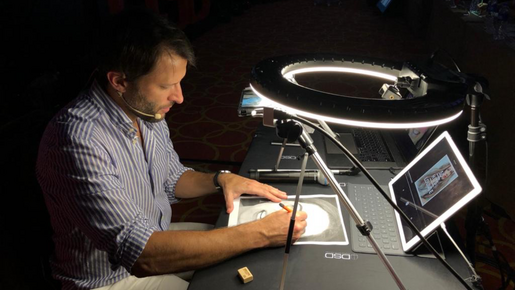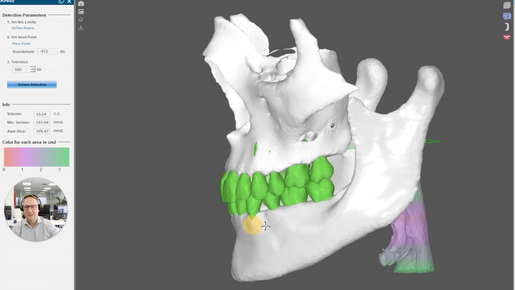
By Digital Smile Design
⋅ 3 min read
⋅ Updated May, 2025
The DSD Motivational Mock up, when patients get to see and experience their future smile, is a key part of the Digital Smile Design methodology. It’s an emotional, visual moment that helps turn hesitation into acceptance, and it’s a standard of care across DSD Clinics worldwide.
But one question we’re often asked is: Why don’t we do the Motivational Mock up for the lower arch?
In this article, we’ll revisit the value of the mock-up smile in the patient journey and explain the clinical and emotional reasoning behind our upper-arch-only approach.
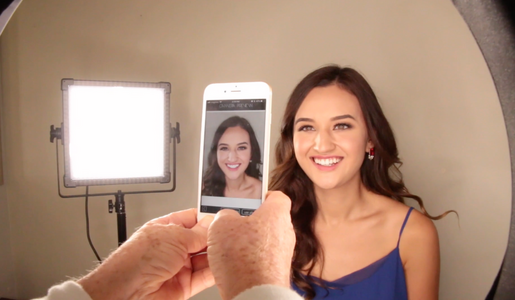
A recap: Why do we do the Motivational Mock up?
Around half the time, dental treatments that the dentist knows to be ideal are not accepted by the patient because they don’t truly understand the proposal. This is often because dentists attempt to communicate treatment in a technical way and lack the right visuals that would facilitate patient understanding.
During our courses, Christian Coachman acts out a humorous scene between a dentist and patient to illustrate this point. The dentist tells the patient what will happen in a procedure using dental terms and hand gestures - the more he waves his hands about, the less the patient understands. It gets a lot of laughs from participants every time.
The key? Treatment explanations have no impact when you don’t show the value the treatment will bring.
This is one of the reasons why we do the Motivational Mock up – and why it is so powerful. When patients have the opportunity to ‘try on’ a model of their potential new smile and see what it feels and looks like, we are able to start the treatment conversation from an emotional perspective which then facilitates the conversation about treatment and procedures.
Two methods for the DSD Motivational Mock up
The Motivational Mock up is done pre case acceptance to motivate the patient and explain their treatment in a visual way. Here at DSD we use one of two methods:
1. The traditional mock up
The traditional mock up involves creating a silicone index from the 3D-printed model, and placing it in the patient’s mouth with bisacryl.
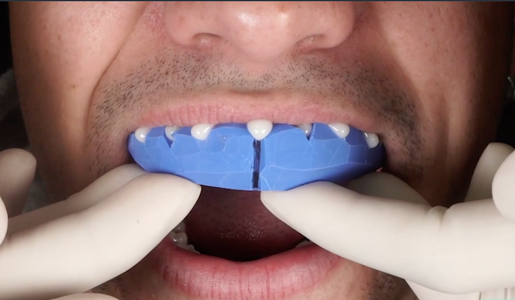
2. The Shell mock up
The shell mock up is a 3D printed shell veneer which is placed in the patient’s mouth in three pieces.
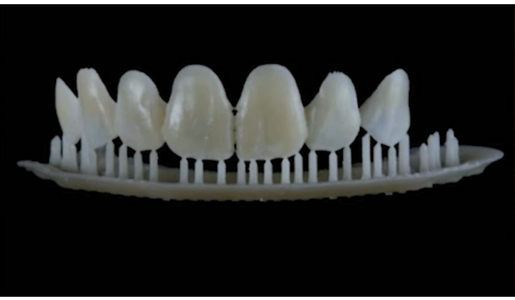
Why do we only do a mock up of the upper arch?
While the DSD Motivational Mock-up is a powerful tool to engage patients and help them visualize their transformation, we don’t recommend doing a mock up on the lower arch. We asked Dr Carmen Caballero, Lead DSD Coach for EMEA, to explain why.
Dr Carmen Caballero: “Using a lower-arch mock-up is generally not recommended for several reasons:
1. The smile is predominantly upper teeth
When a patient smiles naturally, the upper teeth are the most visible. The lower teeth are significantly less prominent, and in many cases, they are almost entirely hidden when speaking or smiling. This means that an isolated lower arch transformation will not create the same emotional impact.
2. Occlusal interference and patient discomfort
In most cases, placing a lower mock-up will interfere with the patient’s bite. Unless the patient has a significant overjet, the upper and lower mock-ups will collide, creating an unnatural bite position. This can cause discomfort, make it difficult for the patient to close their mouth properly, and even lead to mock-up fractures.
3. The Emotional Journey focuses on facial transformation
The goal of the Emotional Journey is to help the patient visualize their new smile in a way that connects emotionally. This is achieved primarily through facial photos and videos, where the upper teeth dominate the esthetic impact. A lower mock-up does not contribute significantly to this transformation, as it is rarely visible in full-face expressions.
4. The need for intraoral visualization
If a lower mock-up is placed, it will likely not be visible in facial photos or videos. This means that the only way to show the patient the result is through intraoral pictures, which significantly reduces the emotional impact of the presentation.
And are there any exceptions where a lower mock-up might be recommended?
Dr Carmen Caballero: “There might be cases where a lower mock-up is useful or possible. These include:
Cases where the lower arch is part of a major esthetic transformation, and the patient’s lower teeth are highly visible when talking or smiling.
Patients with a very large overjet where the upper arch and lower mock-up will not interfere.
However, in these cases, it is essential to carefully evaluate the case to ensure that the patient will not experience discomfort or difficulty closing their mouth.
For the best Emotional Journey experience, we strongly recommended focusing on the upper arch mock-up. If a lower mock-up is considered, doctors should be fully aware of these limitations and prepare to present it through intraoral images rather than full-face visuals.”
Want help providing mock ups for your patients?
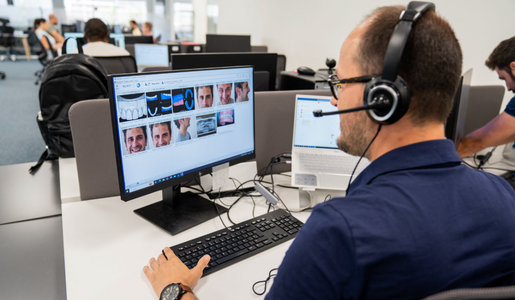
Our team at the DSD Planning Center and Lab are experts in analyzing faces to create the ideal designs – and then transforming these into a mock up which is accurate and looks attractive to the patient. And with their expertise in interdisciplinary planning, they will help you to find the treatment plan that is best suited to your patient.
Access to the DSD Planning Center and Lab comes through one of our membership options. Find the right fit for you here:
Follow us on Instagram, Facebook, and LinkedIn to stay updated on our course promotions and flash sales that we run during the year.

